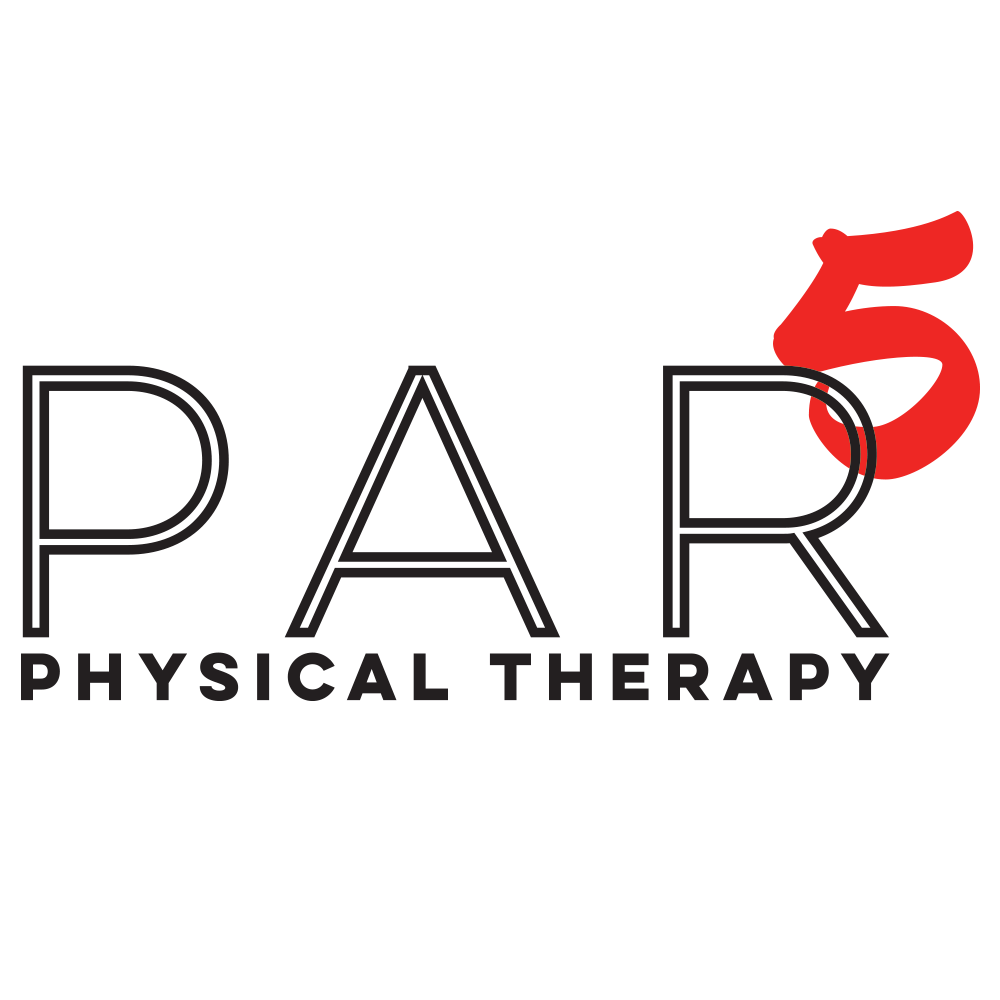A great exercise for shoulder stability
Photo by bruce mars on Unsplash
Shoulders generally have good range of motion, but tend to be a little unstable when lifting weights overhead.
Here’s an exercise that will work on your shoulder and scapular stability and reveal just how stable your shoulder is in overhead positions. I've used this with my advanced patients with shoulder issues to work on their stability. But before you attempt it though, make sure you have full, and I mean FULL, overhead range of motion. That is, if you can't get your humerus (upper arm bone) to touch your ear without tilting your head, then you might be lacking full range of motion. Work on getting full range before attempting this.
But if you've got enough range of motion and no shoulder pain, give this exercise a go.
First, grab a dumbbell, something heavy, but light enough to get completely over your head. Make sure your arm is straight, lock out your elbow, and get your arm to your ear. Then… Walk around.
How you walk is important. Keep your core abdominal muscles engaged and your ribs down, keep your head up and eyes level. Walk straight first, then try walking with turns. Finally, you can even try doing lunges. All of these movements are done with the weight stable, and over your head.
Your body movement challenges your shoulder stability and posture. If you lack shoulder stability, then the weight will move all over the place and start to feel even heavier. Your shoulder and scapular muscles will need to work to keep your shoulder blade in a good position and your core will need to work to support your trunk.
Muscles that move and control the shoulder blade start at the ribs and trunk, so a stable trunk enables those muscles to work effectively. Once the trunk is stable, muscular endurance and strength of the scapular muscles that connect to your arm can do their job to keep the weight overhead and controlled.
If you can do all of the above for at least 2-3 minutes, you’ve got a good, stable shoulder. If you can’t, then you have some work to do. Come in to see us and get an assessment to see where your deficits are and find out how to treat them.

